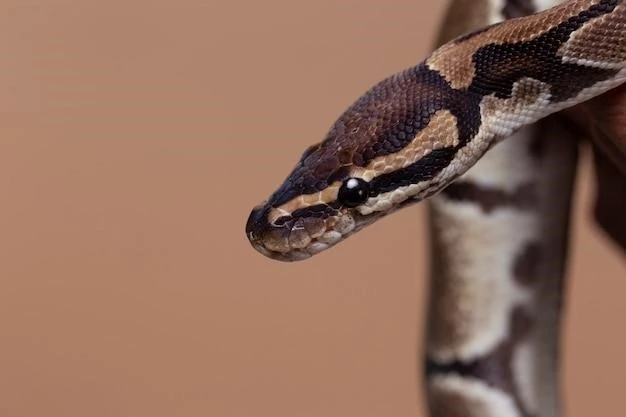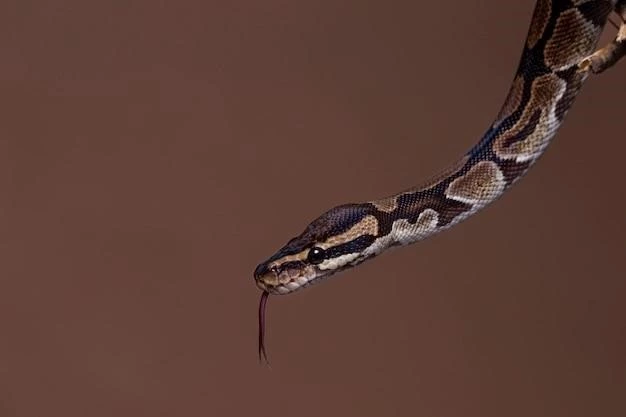Ophidiophobia: Fear of Snakes
Ophidiophobia, also known as the fear of snakes, is a common phobia that can significantly affect a person’s life. I’ve always been fascinated by snakes, but as a child, I developed a fear of them after a particularly scary encounter with a garter snake in my backyard. While I’m not entirely sure why this specific incident sparked my fear, it definitely stuck with me. I remember feeling incredibly terrified, my heart pounding, and my body trembling. Ever since, I’ve found myself avoiding situations where I might encounter snakes, and this fear has even influenced my travel decisions;
Understanding the Causes of Ophidiophobia
While it’s impossible to say exactly what causes ophidiophobia, there are a few common explanations.
- Evolutionary Factors: Our ancestors evolved to fear snakes because they posed a real threat to survival. This innate fear, while helpful in the past, can persist even in modern times, leading to ophidiophobia.
- Negative Experiences: As I mentioned, a traumatic experience with a snake can contribute to this phobia. Even witnessing someone else’s fear of snakes can be enough to trigger a learned response.
- Cultural Influences: In many cultures, snakes are associated with danger, evil, or death. These cultural narratives can contribute to the development of ophidiophobia.

Symptoms of Ophidiophobia
The symptoms of ophidiophobia can vary from person to person, but they typically include:
- Intense Fear and Anxiety: Even the thought of a snake can trigger intense fear and anxiety.
- Panic Attacks: People with ophidiophobia may experience panic attacks when they encounter a snake or even when they are simply in an environment where they think a snake might be present.
- Avoidance Behaviors: People with ophidiophobia will go to great lengths to avoid snakes, including avoiding certain places, activities, or even specific people who might be associated with snakes.
- Physical Symptoms: The fear can manifest as physical symptoms, such as increased heart rate, sweating, nausea, dizziness, and difficulty breathing.

Overcoming Ophidiophobia
Thankfully, ophidiophobia can be overcome with the right treatment. Here are some common approaches:
- Cognitive Behavioral Therapy (CBT): CBT is a type of therapy that helps people identify and change negative thought patterns and behaviors. It can be particularly effective in treating phobias like ophidiophobia.
- Exposure Therapy: This therapy involves gradually exposing the individual to snakes in a safe and controlled environment. The goal is to help the individual learn to associate snakes with positive experiences, rather than fear.
- Medication: In some cases, medication may be used to manage anxiety symptoms. However, it’s important to note that medication alone is not a cure for ophidiophobia.
My Journey
While I still experience some anxiety around snakes, I’ve made significant progress in overcoming my ophidiophobia. I’ve tried a combination of CBT and exposure therapy, and I’ve learned to challenge my negative thoughts and beliefs about snakes. It wasn’t easy, but it was worth it. I can now enjoy nature walks without the constant fear of encountering a snake.
If you’re struggling with ophidiophobia, know that you’re not alone. There are effective treatments available that can help you manage your fear and live a more fulfilling life.










